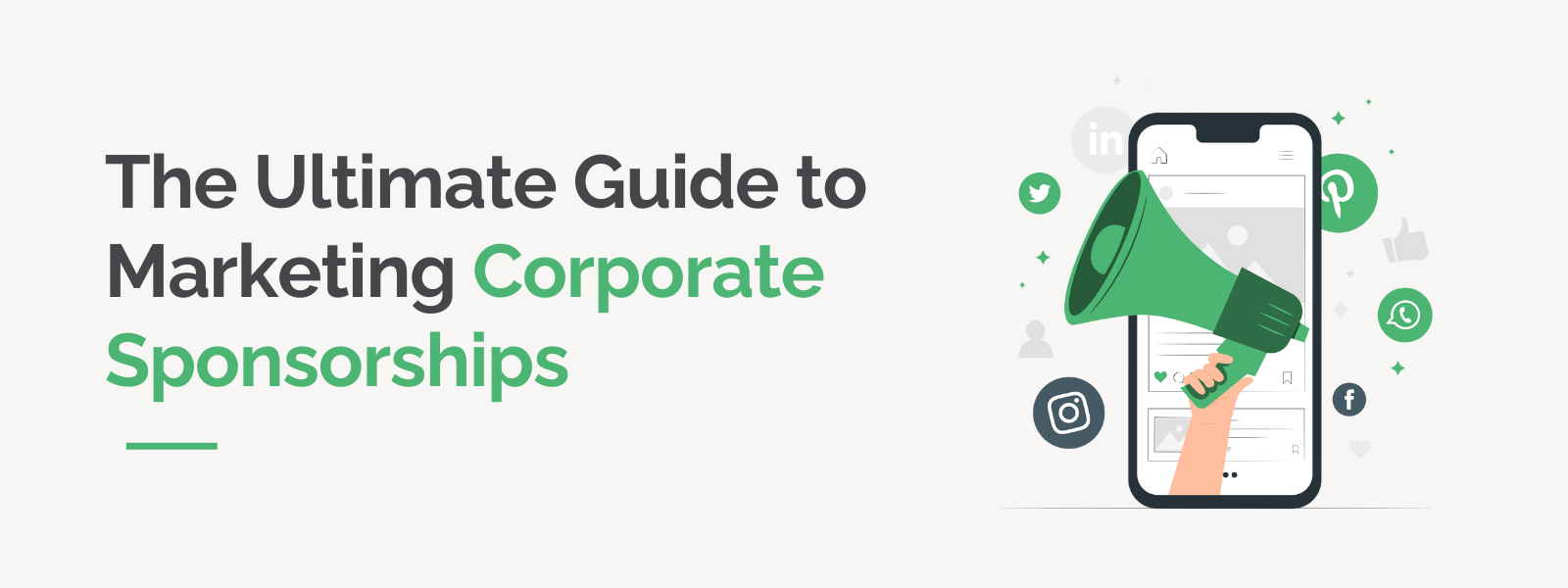
The Ultimate Guide to Marketing Corporate Sponsorships
Corporate sponsorships can be a game-changer for nonprofits,…
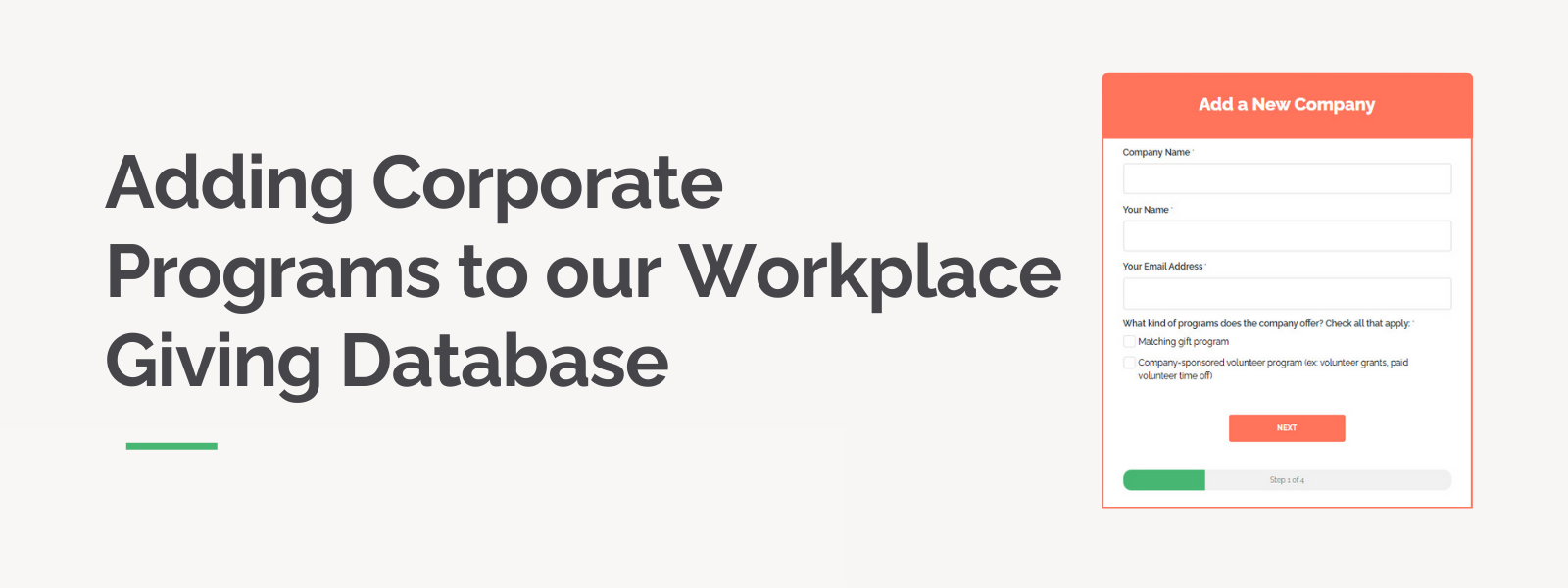
Adding Corporate Programs to our Workplace Giving Database
In today’s landscape, companies are increasingly focusing on…
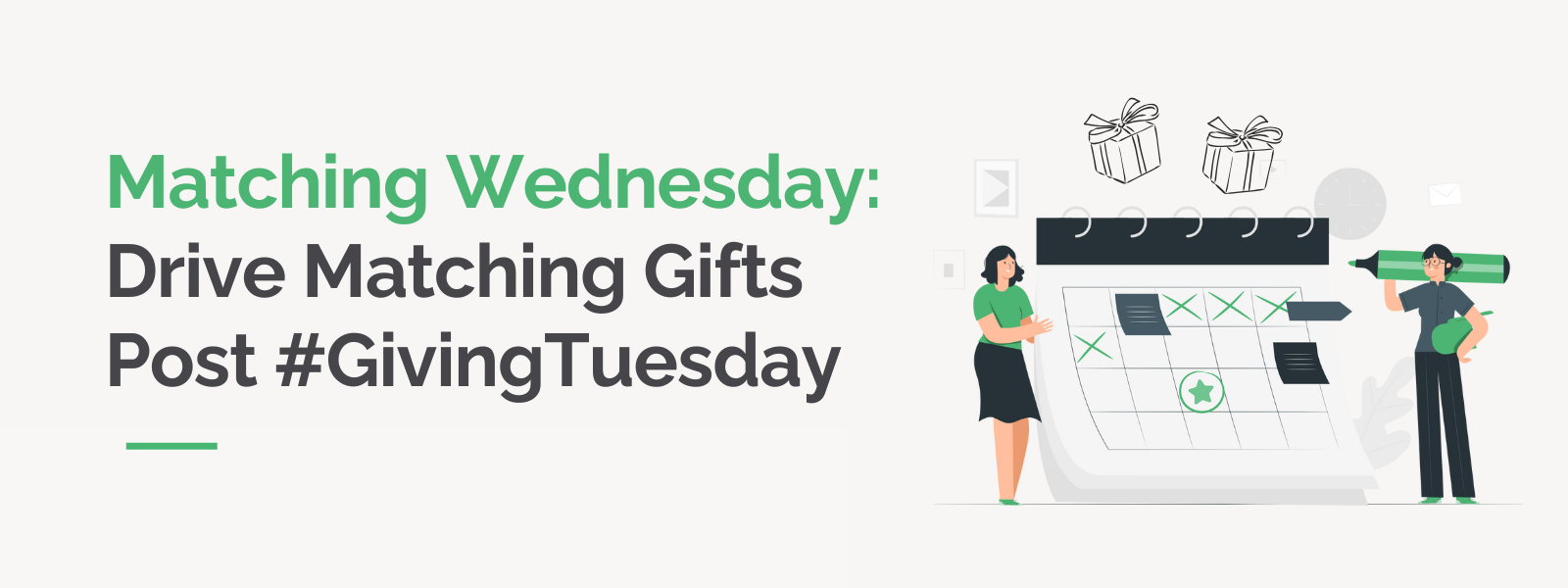
Matching Wednesday: Drive Matching Gifts Post #GivingTuesday
After the whirlwind of #GivingTuesday, many nonprofits find themselves…
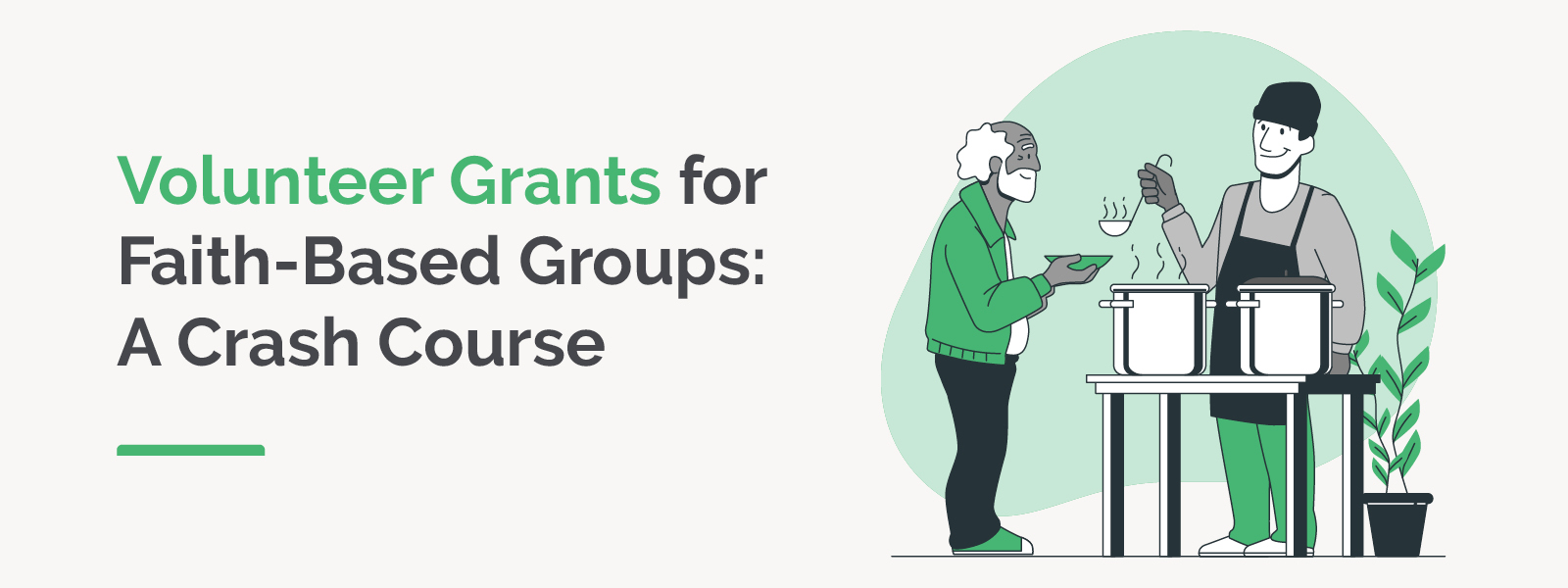
Volunteer Grants for Faith-Based Groups: A Crash Course
In the landscape of corporate philanthropy, volunteer…
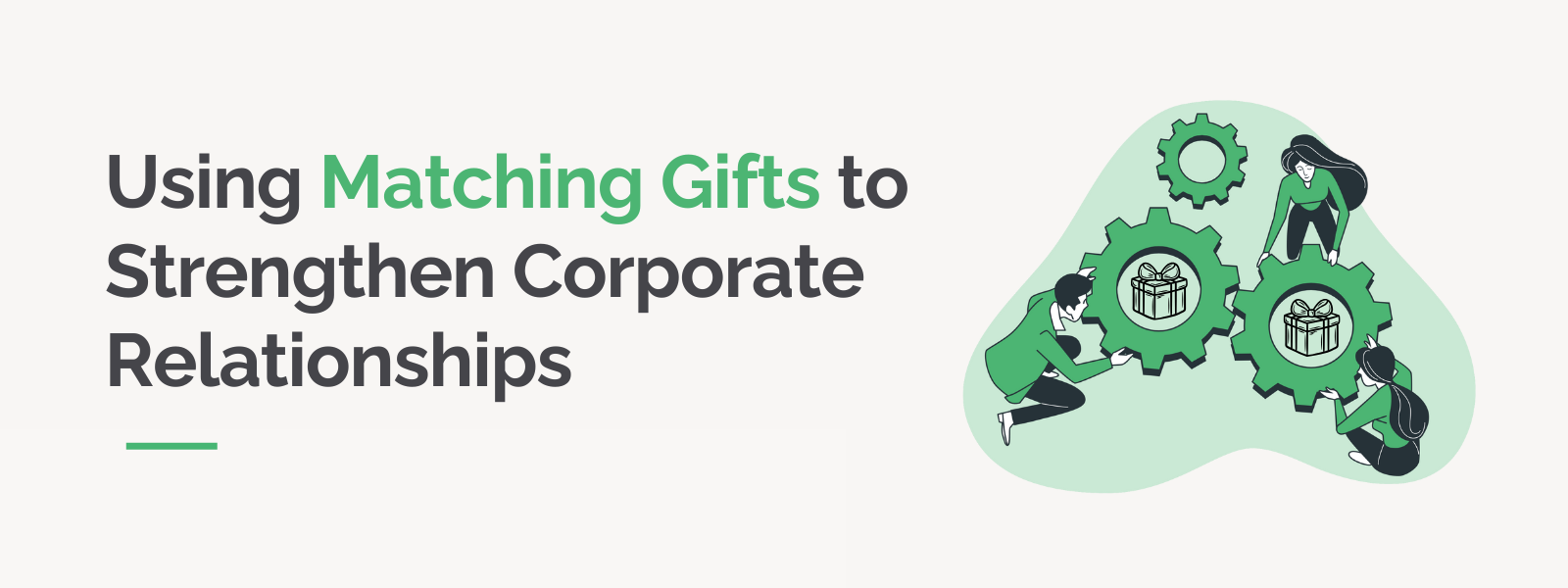
Using Matching Gifts to Strengthen Corporate Relationships
A common inquiry we receive at Double the Donation centers on…
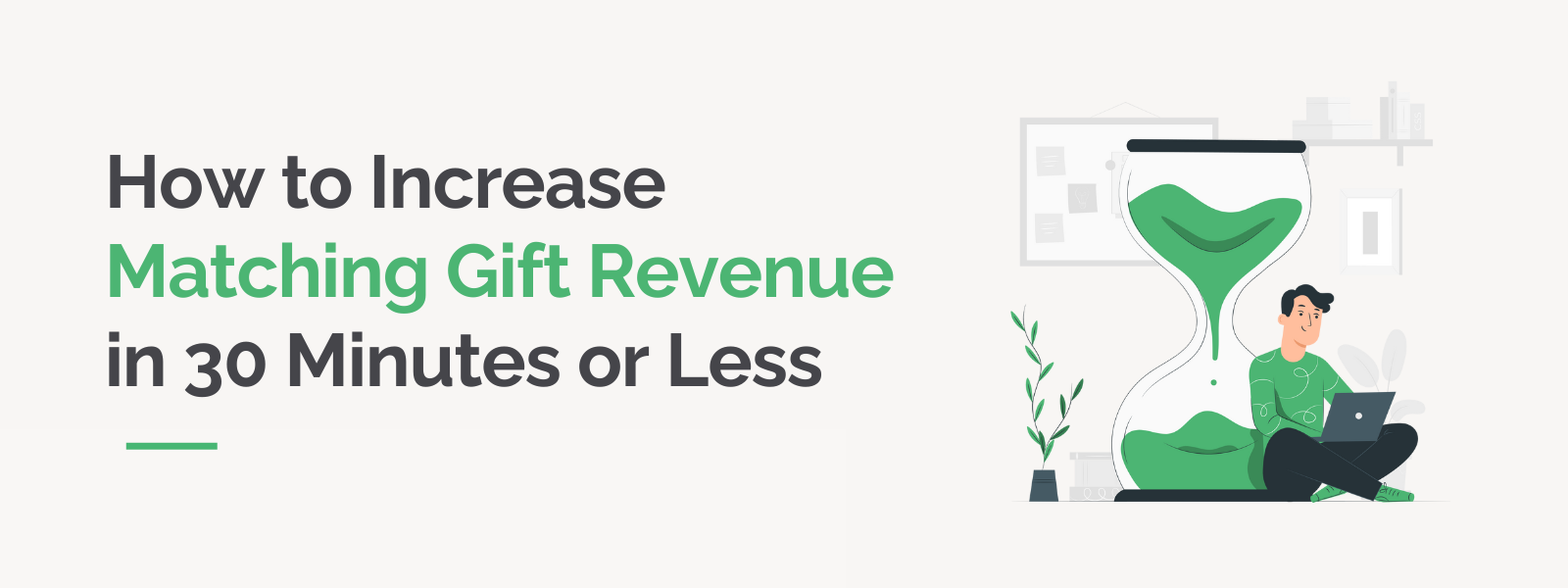
How to Increase Matching Gift Revenue in 30 Minutes or Less
Are you looking to increase matching gift revenue but don’t…
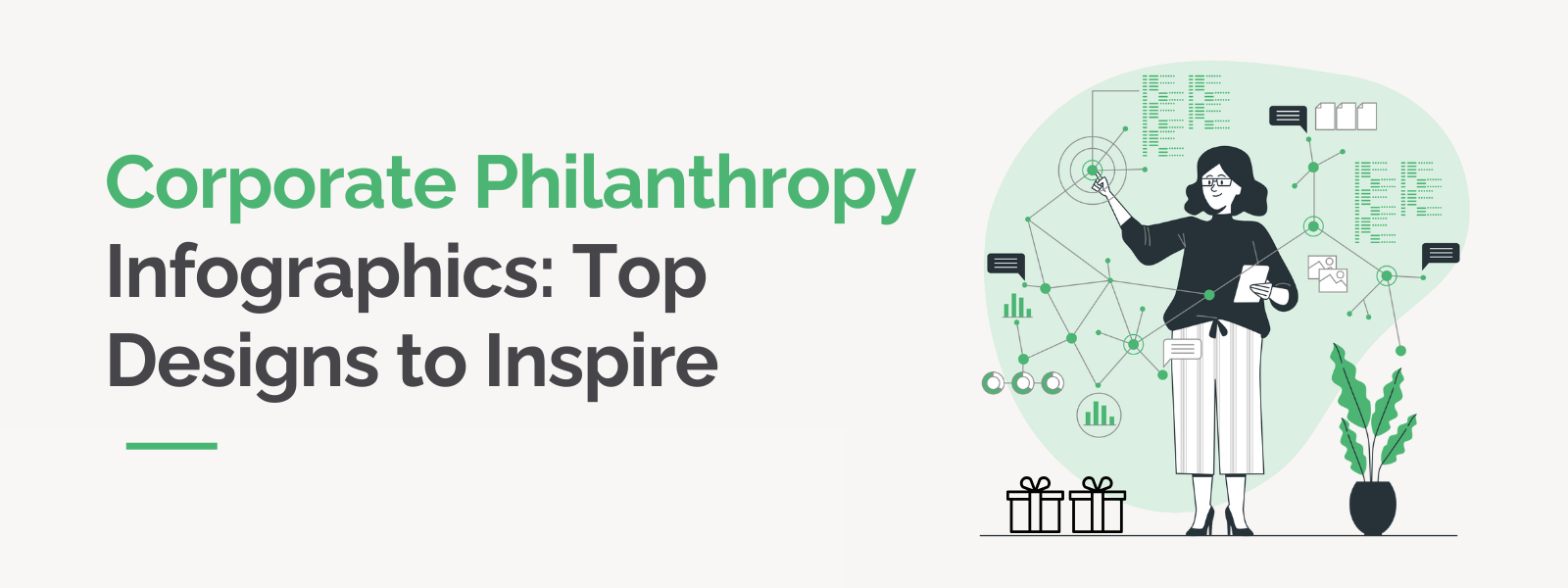
Corporate Philanthropy Infographics: 8 Designs to Inspire
In today’s competitive business landscape, corporate philanthropy…
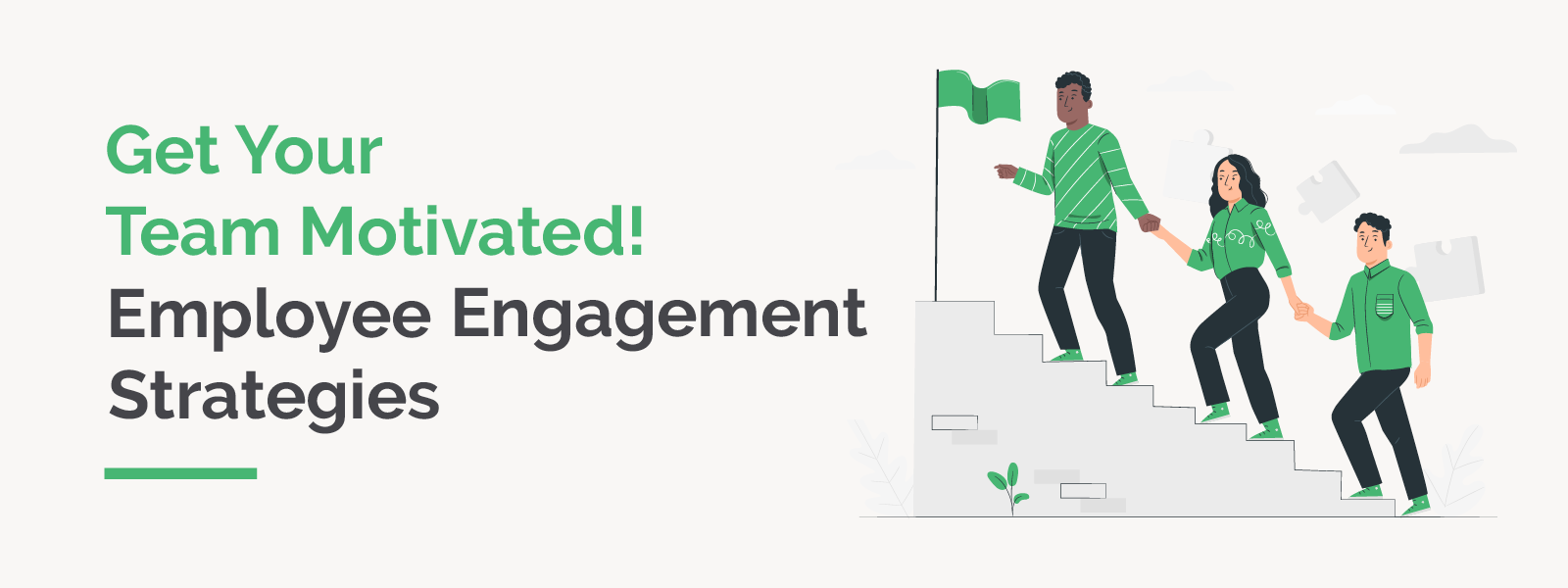
15 Employee Engagement Strategies to Get Your Team Motivated
What causes your employees to clock into work every day? The…
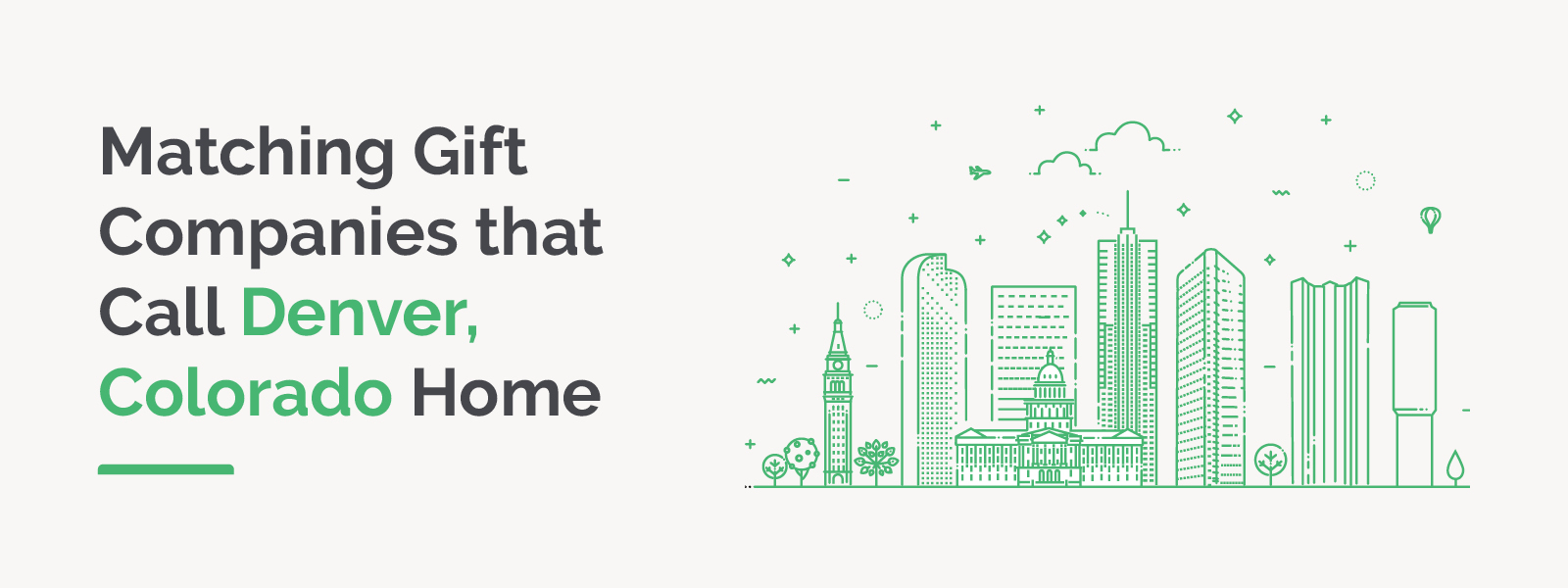
Matching Gift Companies which Call Denver, Colorado Home
Double the Donation often receives requests from nonprofits…
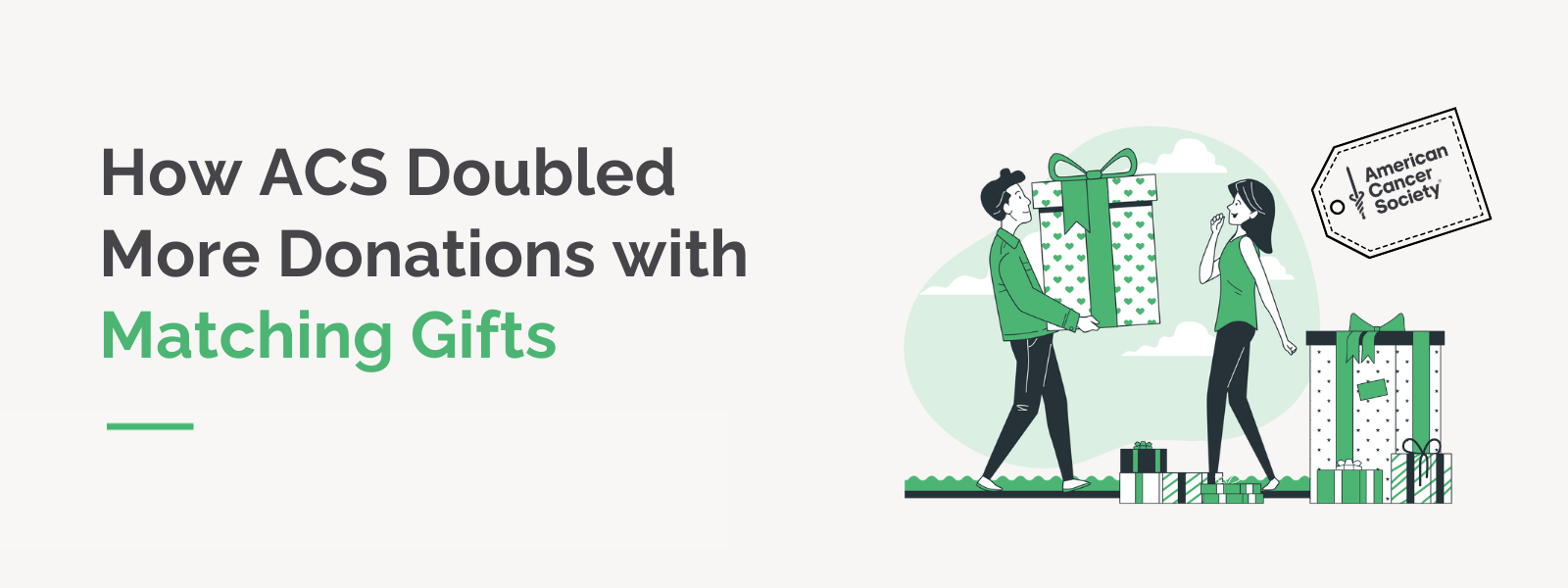
How ACS Doubled More Donations with Matching Gifts
The American Cancer Society (also known as ACS) is renowned for…

